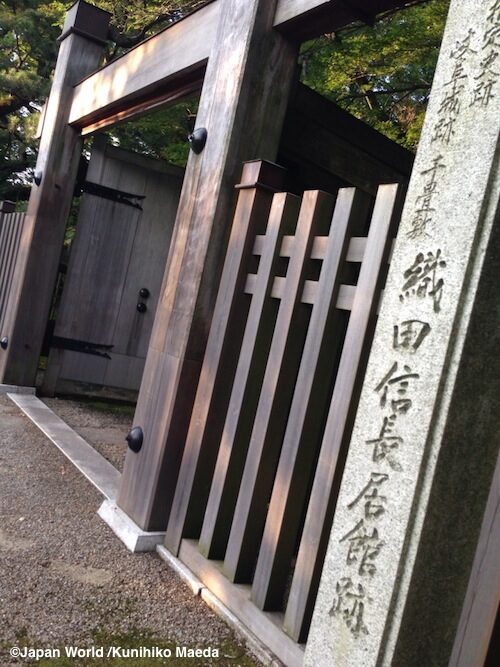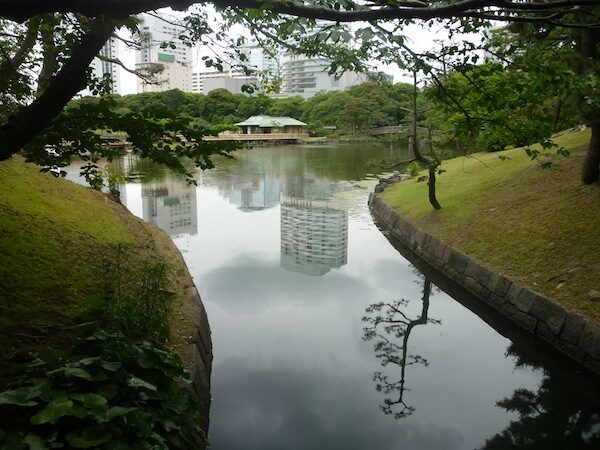Tachi are an early type of Japanese sword, worn by the nobility and warrior classes of feudal Japan.
From the Heian to the Muromachi period, the tachi was the primary battlefield sword. Preceding development of the slightly shorter uchigatana (lit: striking sword) and later katana, tachi were worn with the blade facing downwards, and instead of being worn in the sash-like obi and the straps of hakama, were worn suspended horizontally from two hangers called ashi, and tied around the waist with a cord called the Tachi-no-O.

Tachi and katana can be further distinguished by the location of the signature (mei) on the tang, or nakago. As the tachi was worn with the blade down, and a katana with the blade facing upwards, either way, the mei should be facing away from the wearer. Tachi were generally lighter in proportion to their length, and featured a greater taper from hilt to point than a katana.
The kissaki , point, was also smaller than that of a katana. Whereas the katana was a weapon used primarily for cutting, tachi were traditionally worn with armor, hence they were used more as a stabbing blade, and for cutting into the weaker parts of armor, such as vulnerable neck areas, the inner arm and armpits, as well as the lightly guarded groin areas.

Popular during the Muromachi period were O-dachi and Nodachi, (Great sword, and Field Sword) swords with blades of 165~178cm, used mostly for intimidating the enemy and used as a votive offering to shrines. Being so long they could not be carried at the waist, and instead were often carried slung across the back. This made it impossible to draw quickly, and usually required an assistant to help draw it from the scabbard. The fighting style also differs.
Very few Odachi and Nodachi survive, mostly due to laws made in the early 1600’s prohibiting the carrying of swords over a certain length. Many of these longer swords were cut down to legal size.

Later, katana would be worn tachi style, by the use of a koshiate, leather plates with leather or cord braids holding the sword in place with the blade facing downwards, and fastened to the waist by a Tachi-no-O cord.
Tachi began to lose favor in the 15th century as the free hanging swords often hindered spear and naginata pole arm fighting, and as the act of drawing and cutting required a single action in close fighting lead to the adoption of the uchigatana and katana as the weapon of choice.


The production of Japanese swords is divided into six time periods. Jokoto (Ancient Swords, until around 900 A.D.) Koto, (Old Swords, around 900 A.D. -1596) Shinto (New Swords, 1596-1780) Shinshinto (New-new Swords, 1781-1876) Gendaito (Modern Swords, 1876-1945) and Shinsakuto (Newly Made Swords, 1953- present)


